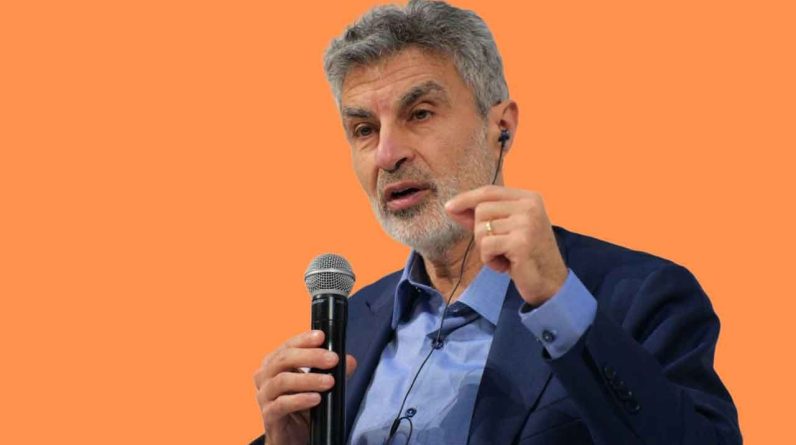
In India’s rapidly evolving business landscape, MSMEs play a pivotal role in driving economic growth and employment. However, these enterprises often face limited resources, manual inefficiencies, and the need to stay competitive in a digital age. The advent of AI in workforce automation offers promising solutions to these challenges, enabling MSMEs to streamline operations, enhance productivity, and foster innovation.
The Importance of AI in Workforce Management
Workforce planning is a critical component of human resource management, ensuring that organizations have the right talent in the correct positions at the right time. Traditional workforce planning methods often struggle to keep pace with the complexity and uncertainty of the modern business environment. AI-powered business automation software presents new opportunities for enhancing workforce planning processes. By automating various tasks and activities, including scheduling, budgeting, payroll, employee development, and compliance, AI integration aids in overcoming workforce management challenges. This automation leads to improved efficiency, reduced errors, and more strategic decision-making, allowing MSMEs to focus on growth and innovation.
Challenges in Workforce Management for MSMEs
MSMEs in India encounter several workforce management challenges that can impede their growth and efficiency:
- Skills Gap Analysis and Learning & Development: Identifying and addressing skill gaps within the workforce is essential for maintaining competitiveness. Traditional assessment of employee skills and training needs can be time-consuming and subjective.
- Data-Driven Demand Forecasting: Accurately predicting future workforce demands is challenging, mainly because it relies on manual data collection and analysis, which can be prone to errors and inefficiencies.
- Employee Productivity Monitoring: Measuring and improving employee productivity, particularly with remote workers, requires real-time data and insights, which are often lacking in manual monitoring systems.
- Time and Attendance Tracking: Traditional methods of tracking employee working hours, breaks, and overtime are often cumbersome and error-prone, leading to payroll inaccuracies and compliance issues.
- Performance Management: Providing detailed insights into employee performance to identify areas for improvement and offer targeted training is essential but can be difficult without automated systems.
TrackOlap: Empowering MSMEs with AI-Driven Solutions
TrackOlap offers a comprehensive suite of AI-driven workforce automation tools designed to address the specific challenges faced by MSMEs in India. By leveraging TrackOlap’s solutions, businesses can significantly improve efficiency, productivity, and employee satisfaction.
Skills Gap Analysis and Learning & Development
TrackOlap’s AI-powered tools assist organizations in identifying skill gaps and assessing learning and development needs. Businesses can implement targeted training programs to enhance skills and competencies by evaluating current employee capabilities and analyzing performance metrics. This proactive approach ensures that MSMEs have a well-equipped workforce ready to meet evolving business demands.
Data-Driven Demand Forecasting
Accurate demand forecasting is vital for effective workforce planning. TrackOlap utilizes AI algorithms to analyze historical data and predict future workforce requirements. This data-driven approach enables MSMEs to make informed decisions about hiring, resource allocation, and project planning, optimizing operations and reducing costs.
Employee Productivity Monitoring
With TrackOlap’s real-time tracking and productivity analytics, MSMEs can monitor employee activities, identify bottlenecks, and implement strategies to enhance performance. The platform provides insights into time spent on tasks, application usage, and overall productivity, allowing managers to make data-driven decisions to boost efficiency.
Employee Live Tracking Software
TrackOlap Employee Live Tracking software provides real-time visibility into where the employees are, and their movements. From route tracking to stoppage monitoring, the feature ensures complete transparency and control of field operations. MSME increases productivity and accountability, enabling companies to make informed decisions based on accurate real-time employee location data.
Time and Attendance Tracking
TrackOlap automates time and attendance tracking, allowing employees to clock in and out using a mobile app or web browser. Managers gain real-time visibility into attendance records, ensuring accurate payroll processing and compliance with labor laws. This automation reduces administrative burdens and minimizes errors associated with manual tracking.
Performance Management
The platform offers comprehensive performance management features, providing detailed insights into employee performance. Managers can identify top performers, recognize improvement areas, and implement targeted training and development initiatives. This systematic approach fosters a culture of continuous improvement and employee engagement.
The Future of Workforce Automation in MSMEs
The integration of AI-driven workforce automation is set to transform the operational dynamics of MSMEs in India. As technology advances, businesses adopting these solutions will gain a competitive edge through enhanced efficiency, reduced operational costs, and improved employee satisfaction. The future of workforce automation promises more sophisticated AI applications, further streamlining processes and enabling MSMEs to focus on strategic growth initiatives.
Conclusion
AI-driven workforce automation is revolutionizing how MSMEs in India operate, offering solutions to longstanding challenges in workforce management. TrackOlap stands at the forefront of this transformation, providing a comprehensive suite of tools designed to enhance efficiency, productivity, and employee satisfaction. By embracing TrackOlap’s AI-powered solutions, MSMEs can navigate the complexities of the modern business environment with confidence and agility.
(No Hans India Journalist was involved in creation of this content)






